Introduction:
- Fine powder: with fine screen, can only crush dry materials, oily viscous materials are not suitable for crushing
- Suitable for crushing fiber, rhizome, Chinese medicinal materials such as dendrobium officinale, astragalus membranaceus, Panax notoginseng, macaca Quinquestoria, etc
Features:
- Suitable for Chinese and western pharmaceutical industry, food industry, chemical raw materials, feed, fiber materials, hard brittle materials crushing.
- It is suitable for ordinary grinding under 150 mesh, with advantages of small loss, low noise and wide application.
- DLF series continuous pulverizer is aimed at the common grinding fineness requirements of many industries. It is a grinding method supplemented by shear, impact and grinding. Rapid rotation by two (six) swinging hammers; Send shear and friction with grinding chute, so as to smash the material.
- For a variety of properties of materials crushing can achieve good results, and for noise, dust have a good control ability. The power consumed by this machine will be 1/3 or even less than that of the universal crusher, and the fineness will be higher
Specification:
| Model | DLF-18 | DLF-20 | DLF-25 | DLF-28 | DLF-30 | DLF-35 |
| Voltage | 220V/50Hz | 220V/50Hz | 220V/50Hz | 220V/50Hz | 220V/50Hz | 220V/50Hz |
| Power | 2.0KW | 2.5Kw | 3.OKW | 3.0KW | 3.5KW | 3.5KW |
| Motor speed | 2840r/min | 2840r/min | 2840r/min | 2840r/min | 2840r/min | 2840r/min |
| The weight of the | 28kg | 30kg | 32kg | 34kg | 65kg | 78kg |
| Fineness | 30-150mesh | 30-150mesh | 30-150mesh | 30-150mesh | 30-180mesh | 30-180mesh |
| Installation Dimensions | 550×170x530mm | 550×250x590mm | 550×170x530mm | 600×250x700mm | 900x600x600mm | 900x600x600mm |

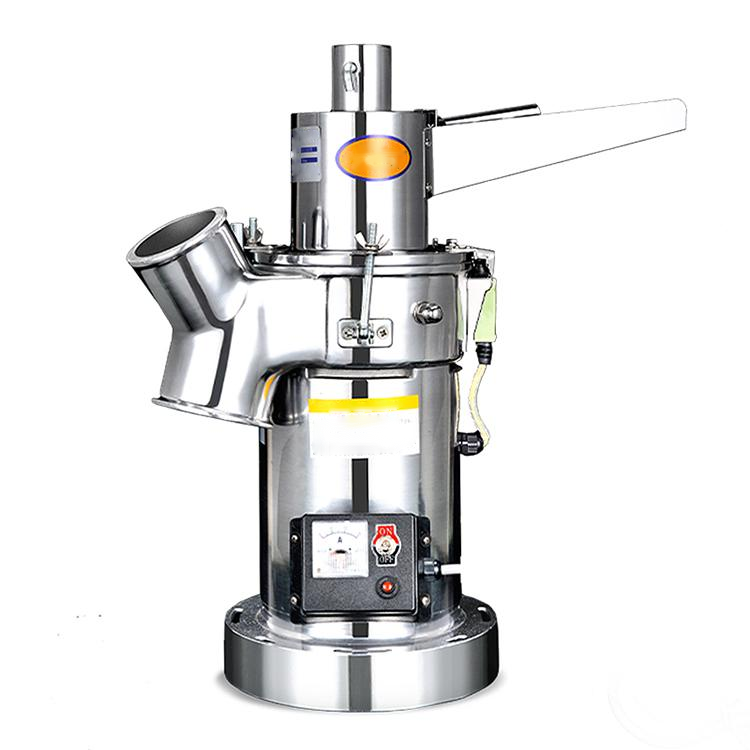
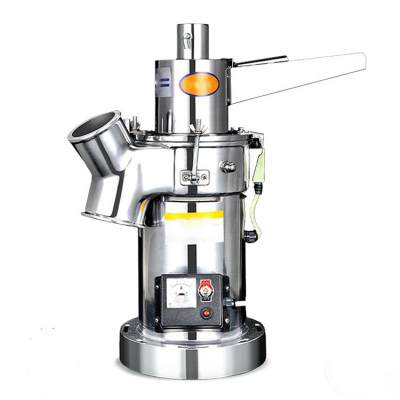
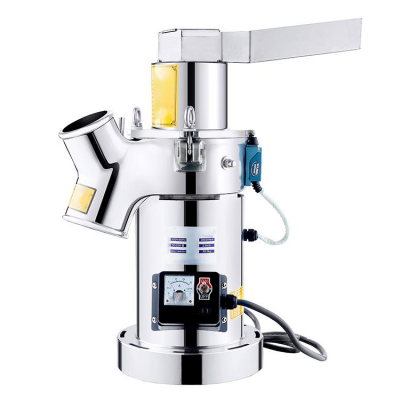
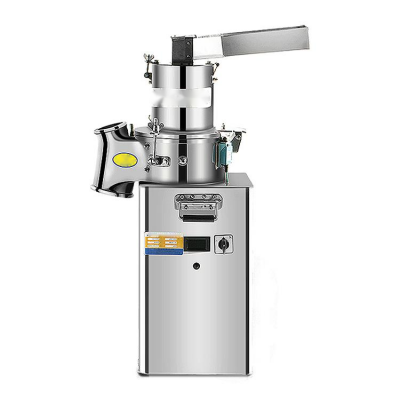
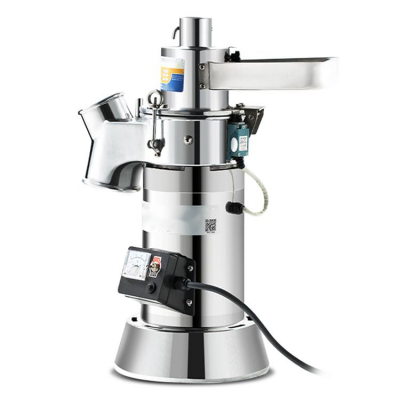
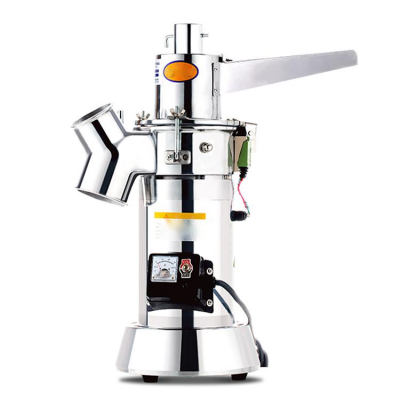
Reviews
There are no reviews yet.